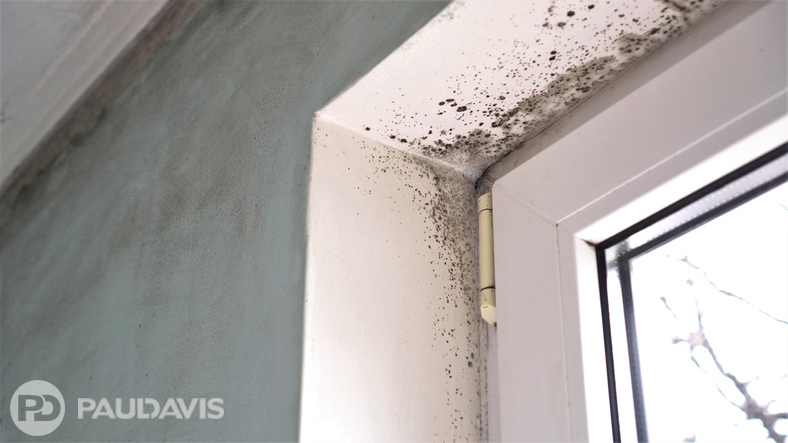
The municipal property manager was perplexed. A city employee complained about a mouldy odour in her office that intensified on rainy or damp days. The manager inspected the office and found nothing alarming: no obvious mould growth or damp spots and, on the sunny day he visited, no smell either. What action should he take, if any?
He must call professional mould remediators pronto. The city employee flagged one of the following typical warning signs of possible mould infestation:
- Mouldy odour is present, even though it may wax and wane with temperature and weather changes.
- Unexplained wall, floor or ceiling staining; loosened paint; buckled wallboard or rusting metal.
- A history of leaks or standing water issues.
- Older commercial flat roofing.
- Tenants complain of health symptoms such as sneezing, coughing and headaches.
- High humidity is typically present (at an indoor municipal pool, for instance.)
Most municipal building managers and staffs don’t have the expertise to identify mould issues, which typically flourish out of sight. Art Dickerson, President of Commercial at Paul Davis explains why mould is difficult to find. “So many building processes and functions take place behind the walls – much more so than in residential structures,” he says. “Sizeable plumbing systems, trash chutes, extensive heating and air conditioning and ventilation ductwork, kitchen venting – these are just a few of the places mould can become established. Municipal maintenance staffs need qualified professionals to identify and inspect all areas that could be affected.”
Because mould needs moisture to grow, expert remediation teams also will identify and correct the moisture source to prevent mould reinfestation. According to Dickerson, these sources are likely culprits in municipal buildings:
- Roof leaks
- Landscaping or gutters that direct water into or under the building
- Unvented combustion appliances
- Delayed maintenance or insufficient maintenance on building systems
- Activities that produce moisture or take place in high humidity environments – gyms, greenhouses and pools, for instance.
It’s important for municipal building managers to understand that it is impossible to eliminate all mould in the indoor environment – even deserts and the International Space Station contain mould spores. Thanks to mould professionals like those at Paul Davis, however, overgrowth can be successfully identified and controlled.
Grappling with suspected or confirmed mould problems at your municipal properties? Call Paul Davis at 844.215.7898 because This Is No Time For Second Best®.
